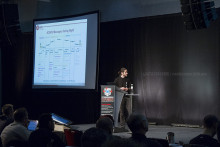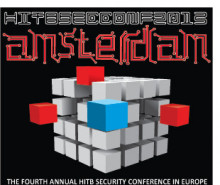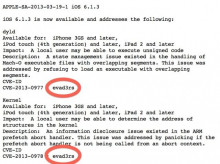Hackers turn a Canon EOS-1D X camera into a remote surveillance tool
The high-end Canon EOS-1D X camera can be hacked for use as a remote surveillance tool, with images remotely downloaded, erased and uploaded, a researcher said during the Hack in the Box security conference in Amsterdam on Wednesday.
The digital SLR camera has a Ethernet port and also supports wireless connection via a WLAN adapter. That connectivity is particularly useful for photojournalists who can quickly upload the photos to a FTP server or a tablet, according to German security researcher Daniel Mende of ERNW.












































































